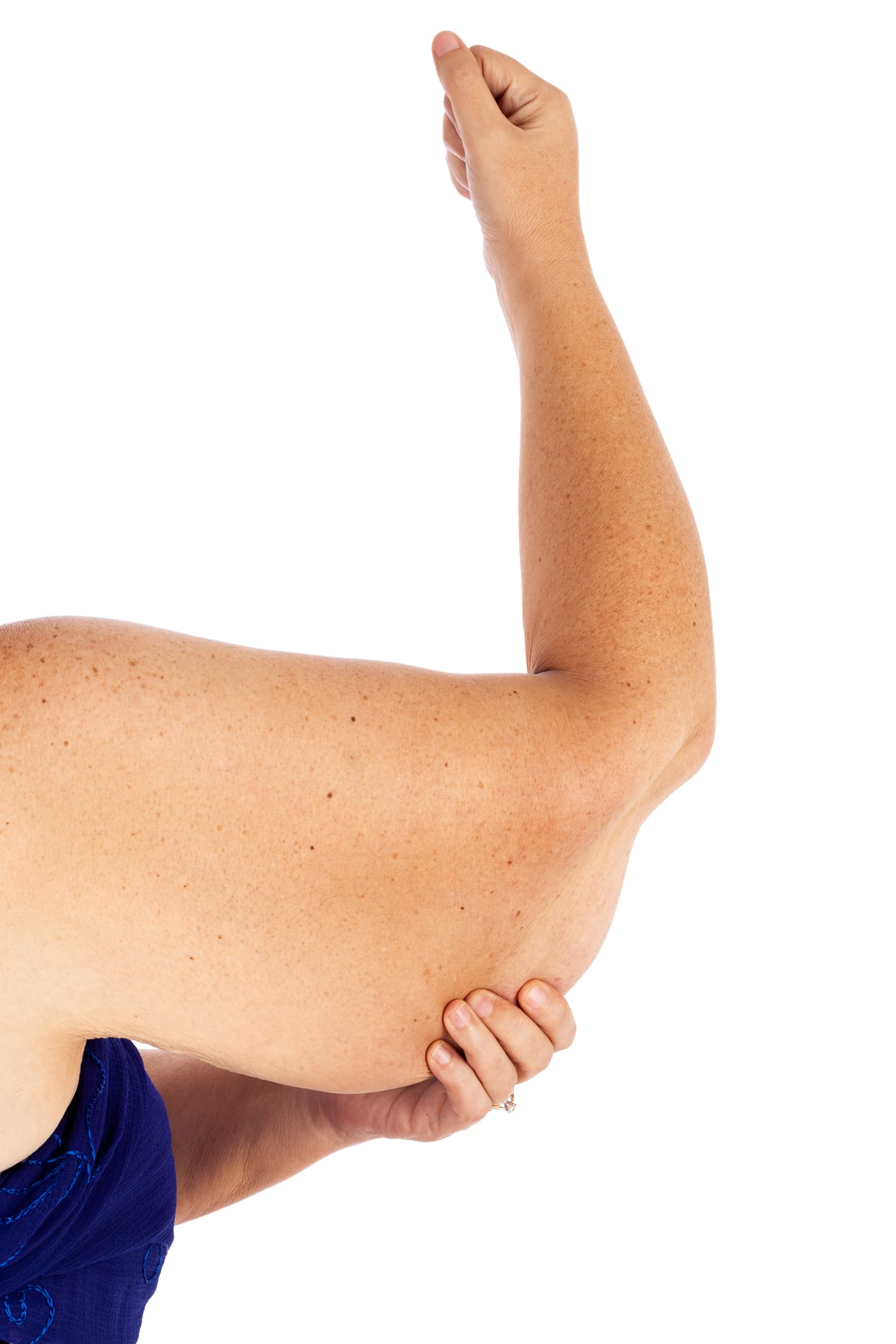

And I kept training right up to the day of the surgery. Prior to surgery, I still trained three days a week with safety bar squat, deadlifts, and heavy rack pulls. If you can’t train at your best, you have to do your best training within your limitations. The surgeon removed the bone spur and some floating calcified pieces within the soft tissue, and resurfaced the head of the humerus where these bony occlusions had made it rough and pitted. The osteophyte had caused inflammation and scar tissue that manifested as impingement, making pressing very painful and damaging the head of the humerus. Despite the movement of my scapulae in a normal pressing motion, the head of my humerus would pinch the soft tissues trapped between the two bony structures. This bone spur had effectively narrowed the space between my acromion and humerus. This movement pulls the acromion away from the head of the humerus, making impingement impossible.ĭuring my surgery, the surgeon discovered a bone spur – an osteophyte – that was the natural consequence of old injuries and aging. The normal function of the trapezius muscles elevates the scapula and rotates it medially, toward the spine, as the arms raise the bar overhead. In a normal, healthy shoulder, impingement is impossible during the press. Importantly, pressing was not the root cause of my shoulder impingement. But I also know that life happens, for me and for those I train, and working through this injury, the surgery, and the rehab would make me a better coach.
#WEIGHTLIFTING AFTER SHOULDER ACHROMA PLASTY FULL#
I was told that without decompressive surgery, I would eventually need a full shoulder replacement.īeing a strength athlete, I know that being competitive, rather than training just to be stronger, means accepting an added risk of injury. When the acute pain I had first experienced became chronic, I consulted an orthopedist. I had to start using the safety squat bar instead. It also affected my squat, the pain preventing me from getting into the low-bar position.

At first, I had intermittent pain that kept me from training both my press and bench press. I had developed a subacromial impingement that required surgery, a subacromial decompression (an acromioplasty). So, in September of 2016, when I began having acute pains on the anterior side of my left shoulder, a learning opportunity developed for their coach: a lesson in rehabilitative training. I don’t give in to my clients’ excuses to get out of training. And I have a personal crusade to help seniors gain a better quality of life through strength training.

I have my own home gym where I train clients 20-25 hours a week. Since finding Starting Strength four years ago, I have evolved, from someone who just wants to get stronger into an athlete – chasing PRs and adding the occasional shiny medal to my gym wall – and a coach.


 0 kommentar(er)
0 kommentar(er)
